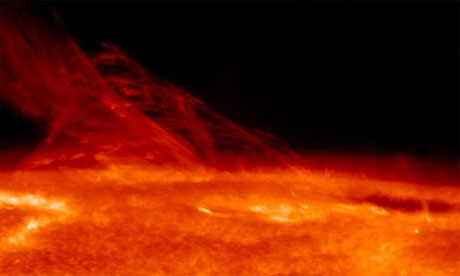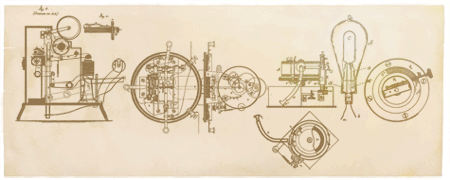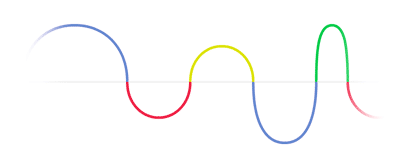Nasa delays space shuttle launch | |||||
Two of the four sensors in the craft's external fuel tank indicated that the tank was dry, even though there was propellant inside, a spokesman said. The launch had been set for Thursday, but has now been delayed three times. The 11-day mission will deliver Europe's first permanent space lab to the International Space Station (ISS). The problem was discovered shortly after engineers had begun filling the external tank with ultra-cold liquid propellant. The spokesman added that at least three of the sensors had to be working in order for the launch team to go ahead with the flight.
"The failure occurred during tanking, about 16 minutes into fast-fill. We picked it up while implementing our standard check-out of the system. "Preliminary indications are that we have an open circuit, but we have got to do some additional engineering analysis and evaluation to see if that is the problem. "Of course, we are a little disappointed with today's events but we are certainly working to resolve the issues and make an attempt [to launch] as soon as we can." End in sight The main task of the mission is the delivery and installation of the European Space Agency's (Esa) Columbus space laboratory to the ISS. The 21-tonne, 880m euro ($1.3bn) module is designed to carry out experiments that would be impossible in the gravity experienced at the Earth's surface. The eventual arrival of the European space lab at the ISS will mark the end of a 12-year effort for Europe to establish its first permanent base in space. The project has already been hit by several hold-ups in space station construction, which resulted in its costs rising. The first occurred between 1996 and 2000, as a result of Russian delays launching the ISS's main control and habitation module, Zvezda. Further delay resulted from the destruction of space shuttle Columbia in 2003, which claimed the lives of seven astronauts.
The US space agency spent three-and-a-half years and more than $1bn fixing the shuttle for a return to flight in 2005. However, the shuttle fleet was swiftly grounded again after the same problem responsible for dooming Columbia - foam shedding from the external fuel tank - re-emerged on the 2005 mission. Columbus will be the second laboratory to be added to the space station. It will join Nasa's Destiny module, which became operational in 2001. The third and final lab, Japan's Kibo, will be taken up to the ISS next year. However, because of its size, it will require three shuttle missions to deliver all of the Japanese components. The 11-day mission will involve at least three spacewalks, deliver a new crew member to the ISS, and bring back an astronaut who has completed a two-month stay on the space station. | |||||
Satellite unravels mystery of sun's atmosphere

- The Guardian,
- Friday December 7 2007

The turbulent surface of the sun (Image: Science)
This portrait of a malevolent celestial cauldron is part of a set of data from the Japanese satellite Hinode which is helping scientists to understand what causes solar flares. Being able to predict these more accurately would help prevent damage to satellites and disruptions to communications from the streams of charged particles they release.
Hinode, meaning "sunrise", was launched on September 22 2006 by the Japanese Space Agency. It orbits the Earth, but has a set of instruments trained permanently on the sun. One big unanswered question for researchers is how the sun's atmosphere, the corona, works. The Hinode scientists report in Science their discovery of electromagnetic field lines which transmit energy high into the sun's atmosphere.


























